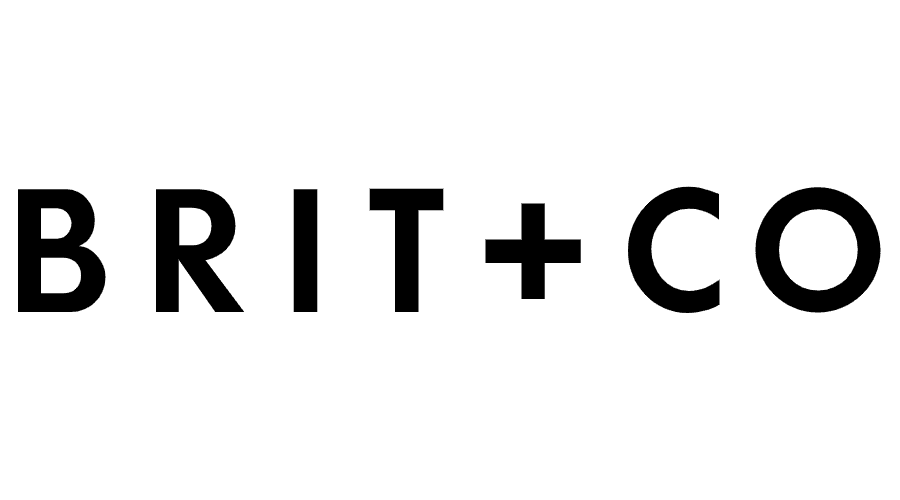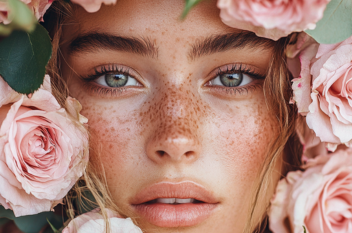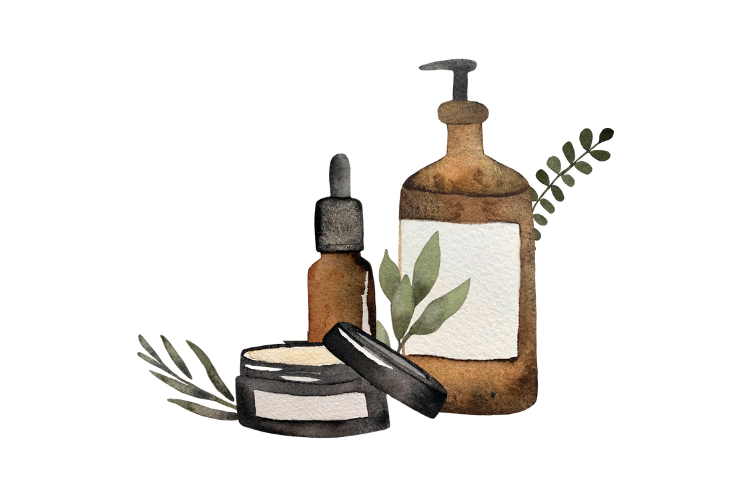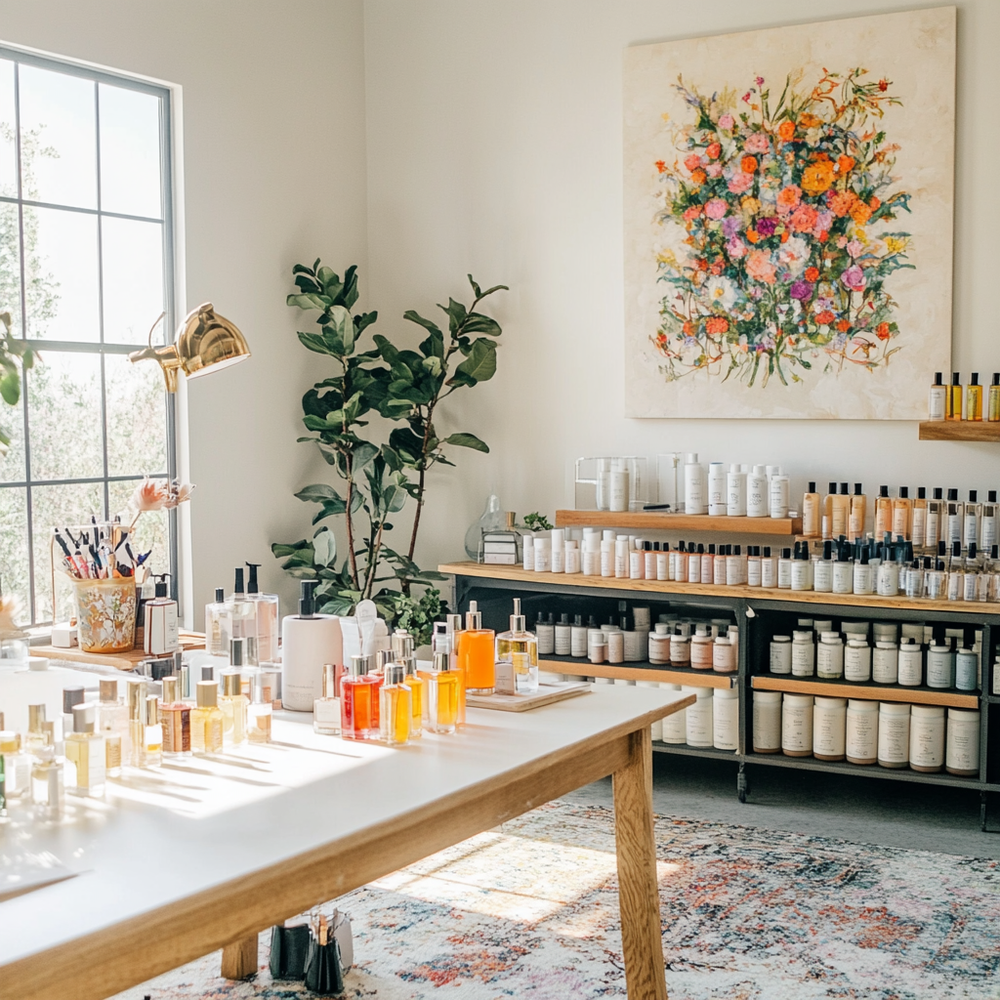
Hello!
Our blog is like a bottle of our favorite fragrance—full of surprises, a little magic, and always something fresh to love. Join us as we share tips, stories, and behind-the-scenes adventures that are anything but ordinary! #SmellWickedGood
Recent posts
-

-
 Laundry Is So Boring! Here’s How to Shake It UpBy Cheri TracyJune 20, 2025
Laundry Is So Boring! Here’s How to Shake It UpBy Cheri TracyJune 20, 2025 -
 Smells Like Summer Break: The Best Scents for Escaping (Even If You’re Still at Your Desk)By Cheri TracyJune 19, 2025
Smells Like Summer Break: The Best Scents for Escaping (Even If You’re Still at Your Desk)By Cheri TracyJune 19, 2025
Our Guarantee
You’ll always #SmellWickedGood with scents as bold, unique, and unforgettable as you are. No compromises, just pure magic!
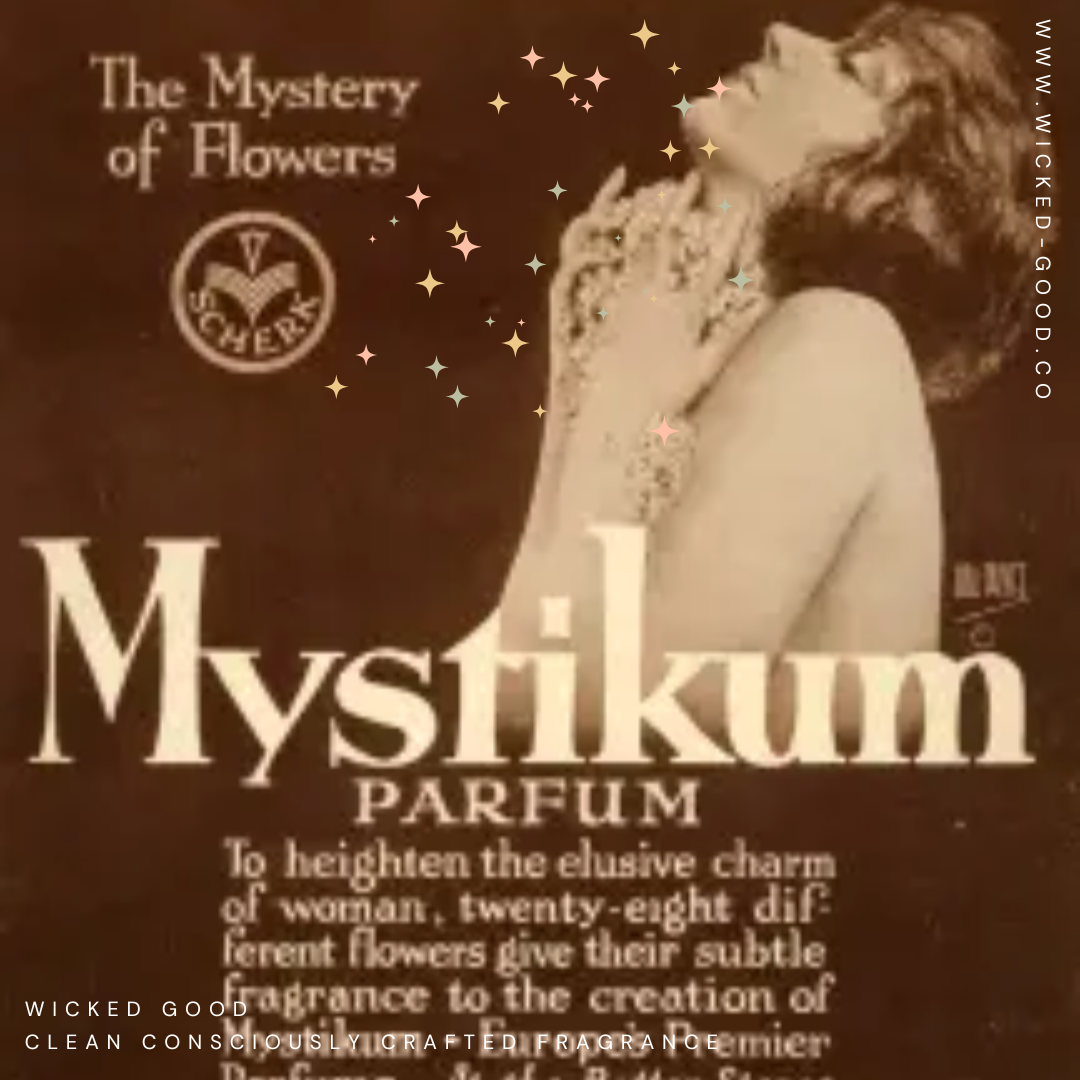
Exploring the Art and Impact of Vintage Perfume Ads from the Early 1900s
Perfume advertisements from the early 1900s offer a captivating window into the past, reflecting the societal norms, artistic movements, and marketing strategies of the time. These vintage ads not only showcase the fragrances that defined an era but also reveal how scent was marketed and perceived. In this exploration, we'll delve into some iconic perfume advertisements from the early 20th century, examining the perfumes, the companies that launched them, their costs, and other intriguing details.
1. "Linden Bloom Perfume" by Foote and Jenks (1893)
In 1893, Foote and Jenks, a company based in Jackson, Michigan, introduced Linden Bloom Perfume. An advertisement from that year features a black and white print ad highlighting the fragrance's delicate floral notes. While specific pricing details are scarce, the ad's elegant design reflects the late 19th-century aesthetic.
2. "Delettrez Perfume Toilet Soap" (1901)
In 1901, Delettrez, a Parisian brand, advertised its Perfume Toilet Soap. The ad emphasizes the soap's luxurious scent and quality, appealing to consumers seeking refined personal care products. While the exact cost is not specified, the advertisement's sophisticated design aligns with the brand's upscale image.
3. "Imperatis" by A. Ralle & Co. (c. 1900-1905)
A. Ralle & Co., a prominent Russian perfumery, produced Imperatis around the turn of the 20th century. An advertisement from this period showcases the perfume's regal appeal, with imagery reflecting the opulence of the Russian Empire. The ad's artistic style is characteristic of the early 1900s, though specific pricing information is not available.
4. "4711 Eau de Cologne" (1951)
By 1951, 4711 Eau de Cologne had become a classic fragrance. An advertisement from that year celebrates its centennial, highlighting its enduring popularity. The ad's design features traditional elements, reflecting the brand's long-standing heritage. While the exact cost is not detailed, the ad's celebratory tone underscores the fragrance's esteemed status.
5. "Evening in Paris" by Bourjois (1920s)
Bourjois, a French cosmetics company, introduced Evening in Paris in the 1920s. Advertisements from this era depict the perfume as embodying the glamour and sophistication of Parisian nightlife. The ads often feature Art Deco designs, aligning with the popular artistic movement of the time. Specific pricing details are not available, but the brand's upscale image suggests a premium product.
6. "Chypre de Coty" by Coty (1917)
In 1917, French perfumer François Coty introduced Chypre de Coty, a fragrance that would become a classic. An advertisement from that period showcases the perfume's sophisticated appeal, with imagery reflecting the elegance of the early 20th century. While the exact cost is not specified, the ad's design and the perfume's enduring legacy suggest it was a premium product.
7. "White Shoulders" by Evyan (1940s)
Evyan's White Shoulders, launched in the 1940s, was marketed as an American beauty. Advertisements from this period feature elegant designs, reflecting the post-war era's emphasis on grace and femininity. Specific pricing information is not available, but the brand's positioning suggests a mid-range to premium product.
8. "Mon Parfum" by Bourjois (1926)
Bourjois introduced Mon Parfum in 1926, with advertisements featuring Art Deco designs. The ads highlight the perfume's chic and sophisticated appeal, aligning with the fashion trends of the Roaring Twenties. While the exact cost is not detailed, the ad's luxurious design suggests a premium product.
9. "Zenobia Perfume" (1900s)
An advertisement from the early 1900s promotes Zenobia Perfume, featuring an elegant design characteristic of the period. The ad's artistic style reflects the Art Nouveau movement, prevalent at the time. Specific details about the perfume and its pricing are limited, but the ad's design offers a glimpse into the era's aesthetic preferences.
10. "Mary Garden Cleopatra" (1910s)
Mary Garden, a renowned soprano, lent her name to a perfume in the 1910s. Advertisements from this period feature imagery inspired by ancient Egypt, reflecting the era's fascination with exotic themes. While the exact cost is not specified, the ad's opulent design suggests a premium product.
The perfume advertisements of the early 1900s serve as a fascinating lens through which we can view the cultural and artistic movements of the time. These ads not only promoted fragrances but also encapsulated the societal values, aesthetic preferences, and marketing strategies of their eras. While specific pricing details are often elusive, the design and presentation of these advertisements reflect the luxury and allure associated with the perfumes they promoted.



